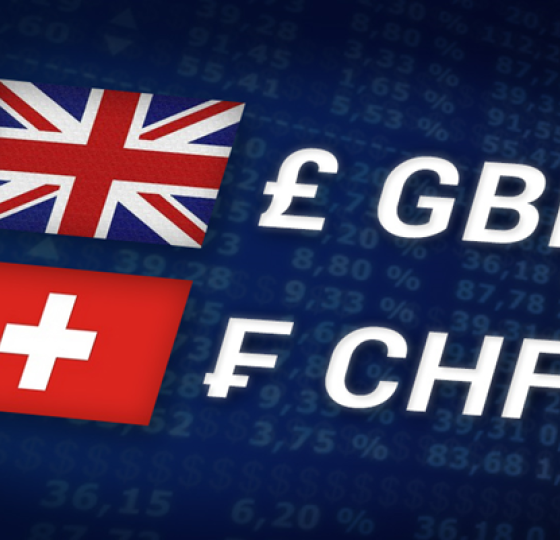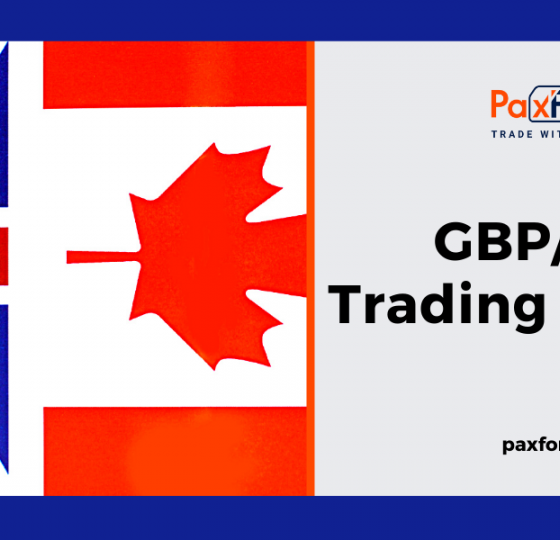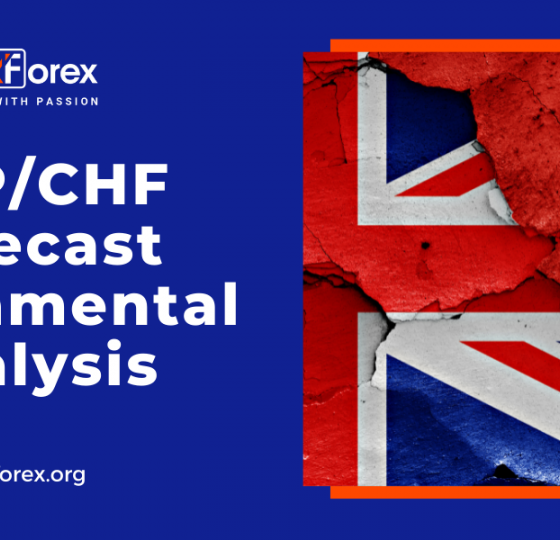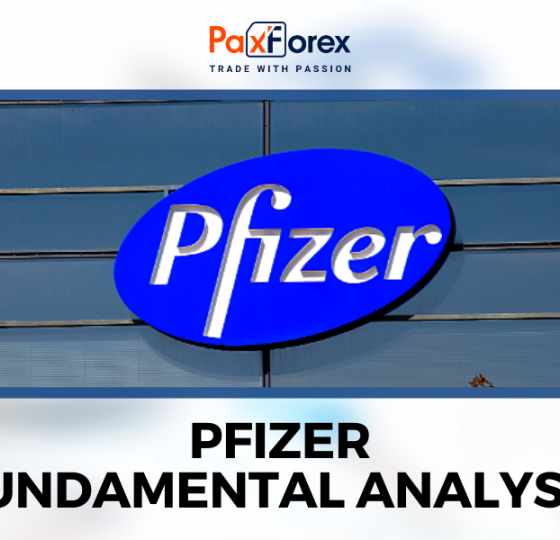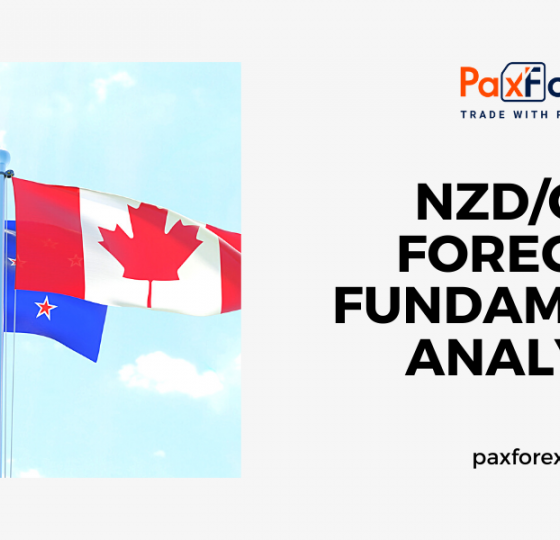
Source: PaxForex Premium Analytics Portal, Fundamental Insight
Pharmaceutical behemoth Pfizer made huge profits as one of the leading manufacturers of the COVID-19 vaccine during the pandemic. However, there are signs that demand for vaccines is inevitably falling.
Falling demand for vaccines will undoubtedly affect Pfizer's business, but does this mean that investors should run away from the company's stock? Let's look into it.
Demand for the COVID-19 vaccine may be declining; vaccine maker Novavax recently lowered its 2022 sales forecast from $4-5 billion to $2-3 billion as a result of lower demand for the COVID-19 vaccine. In addition, vaccine manufacturer Biovac, which partners with Pfizer to produce vaccine doses, recently warned that production could decline this year due to falling demand.
2022 should still be a good year for Pfizer. The company recently released a compelling benchmark, which says $32 billion in revenue from its COVID-19 vaccine, Comirnaty, based on signed contracts to buy doses as of July. This contributes to the company's overall revenue expectations of $98 billion to $102 billion in 2022 (meaning a 21% to 25% increase over last year) and earnings per share (EPS) of $6.30 to $6.45 (or a 55% to 59% increase).
Investors should see what the outlook for 2023 looks like as the end of the year approaches, but they should brace themselves for a significant pullback. According to Statista, global COVID-19 vaccine revenues could fall 43% next year and continue to fall in subsequent years.
Revenue from the Comirnaty vaccine could be $32 billion this year, and sales of COVID-19, Paxlovid, could be another $22 billion. If you subtract the combined revenue of $54 billion from the 2022 forecast, the resulting $48 billion changes the growth trajectory entirely. In other words, the coronavirus vaccine and Paxlovid have largely driven Pfizer's growth over the past two years.
Fortunately, it is doubtful that sales of COVID-19-related products will drop to zero overnight. COVID-19 vaccine use may decline over the next few years, but future mutations of the virus, vulnerable demographics, and under-vaccinated emerging markets may still need to be vaccinated.
Ultimately, investors should prepare for Pfizer's COVID-19 products to be a supplement rather than the tremendous growth driver they have been for the past two years. As a result, Pfizer's total revenue and earnings per share could decline.
Investors don't need to avoid the company's stock just because Pfizer is likely to give up some of its pandemic-driven growth. For starters, the COVID-19 earnings have rejuvenated the company's balance sheet; management has reduced total long-term debt from more than $60 billion to $40 billion, and cash has risen to $33 billion. In other words, the company has gone from multibillion-dollar debt to almost no debt (debt minus cash). This cash balance is likely to grow as vaccine revenues continue to flow in over the next few quarters.
Pfizer will have enough cash to fund product development, strategic acquisitions, or significant stock repurchases. The company's management could buy back about an eighth of its existing stock if they wish. That alone could support earnings-per-share growth with declining revenues.
Meanwhile, Wall Street already estimates that Pfizer's COVID-19 sales are down. Over the past decade, the average share price-to-earnings ratio (P/E) has been 17, but today the P/E is only 9. Pfizer could lose half of its bottom line, and then the stock would trade around its historical valuation.
Pfizer may not be a screaming bargain, mainly because it is difficult to determine how quickly or dramatically revenues and profits could decline with declining demand for vaccines. However, long-term investors have a lot of food for thought when considering holding the company's stock in the coming years.
As long as the price is below the 50.00 level, follow the recommendations below:
- Time frame: D1
- Recommendation: short position
- Entry point: 47.84
- Take Profit 1: 47.00
- Take Profit 2: 46.00
Alternative scenario:
If the level of 50.00 is broken-down, follow the recommendations below:
- Time frame: D1
- Recommendation: long position
- Entry point: 50.00
- Take Profit 1: 51.00
- Take Profit 2: 52.00


